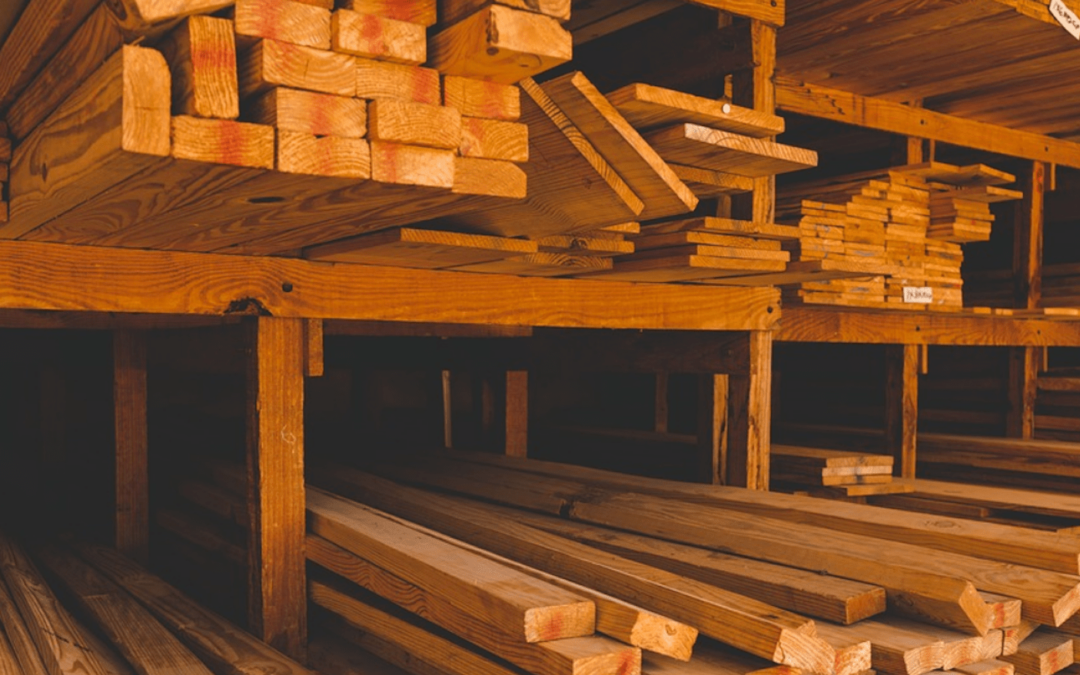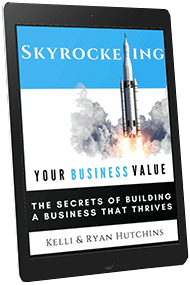
How to Value a Lumber and Building Material Store
The lumber and building materials industry has seen healthy improvement in recent years. This is due to various factors such as the rising value of construction as well as increased housing starts. As such, the lumber and building material industry generated over $152 billion dollars leading up to 2023. Moving forward, we can expect demand for lumber and building materials to increase. This is ideal if you are looking to buy, grow, or sell a lumber and building material store. However, IBIS World notes that many lumber and building material stores may struggle to be profitable. In addition, the lumber and building materials industry is fragmented and competitive. To succeed in this industry, it is important to differentiate from competitors. The best way to start is by learning how to value a lumber and building material store.
By understanding how to value a lumber and building material store, you can take steps to increase the value of a lumber store. This is important whether you are buying or selling a lumber and building material store. You can start by receiving a business valuation for a lumber and building material store. Peak Business Valuation is happy to help! Peak is a professional business appraiser that works with lumber and building material stores often. We would love to answer any questions you may have about valuing a lumber and building material store. Schedule a free consultation with Peak Business Valuation, business appraiser, below!
How to Value a Lumber and Building Material Store
Valuation experts at Peak Business Valuation often use the market approach and/or the income approach to value a lumber and building material store. The method the appraiser uses depends on various factors. They will use their knowledge and experience to determine the best valuation approach for your lumber and building material store. In many cases, this involves using a combination of valuation approaches.
Valuing a Lumber and Building Material Store Using the Market Approach
The market approach is a popular valuation approach for small businesses. This method is very similar to the approach real estate appraisers use to value a property. Real estate appraisers compare your property to similar properties that recently sold on the market. Doing so helps them determine a fair value for your property. With the market approach, a business appraiser compares your lumber and building material store to similar businesses. For private stores, they will refer to private transaction databases. They then analyze the financial statements to determine the fair market value of a lumber and building materials store.
Multiples for a Lumber and Building Material Store
The market approach uses valuation multiples to determine the fair market value of a lumber and building material store. To determine the multiples for your lumber and building material store, Peak uses the proper NAICS or SIC code. Below, we discuss common market multiples for a lumber and building material store.
REVENUE or SALES Multiples for a Lumber and Building Material Store
- When using a revenue multiple, valuation experts apply a multiple to the lumber and building material store’s revenue to estimate its value.
EBITDA Multiples for Lumber and Building Materials Stores
- EBITDA multiples measure the return on investment a lumber and building material store can expect.
SDE (Seller’s Discretionary Earnings) Multiple for a Lumber and Building Material Store
- The SDE multiple is common when valuing a lumber and building material store. This multiple assesses a lumber and building material store’s cash flow by multiplying its seller’s discretionary earnings by the SDE multiple.
To learn more about market multiples for a lumber and building material store, see Valuation Multiples for a Lumber and Building Material Store.
Valuing a Lumber and Building Material Store Using the Income Approach
The income approach is another popular valuation method for learning how to value a lumber and building material store. This approach assesses common risks associated with buying or selling a lumber and building material store. We discuss a few of these risks below.
- Supplier Relationships: It is important for lumber and building material stores to build strong relationships with suppliers. This can help reduce costs and improve inventory control.
- Location: The location of a lumber and building store is a major risk factor. With a poor location, lumber and building material stores may lose profits.
- Financial Strength: Financial strength is a vital factor to consider when valuing a lumber and building material store. Lumber prices often fluctuate and as such it is important to have effective financial planning.
- Competition: The lumber and building material industry is very fragmented and competitive. To succeed, it is vital to differentiate your lumber and building material store.
Methods to Value a Lumber and Building Material Store Using the Income Approach
Under the income approach, there are two common methods for valuing a lumber and building material store. Below, we describe the capitalization of cash flow method and the discounted cash flow method.
Capitalization of Cash Flow Method
- This valuation approach is most suitable for lumber and building material stores with long and stable histories. When using this method, the analyst estimates an appropriate measure of economic income for one period. Then, they divide this time frame by an appropriate capitalization rate. The capitalization rate represents a reasonable rate of return an investor can expect. It also analyzes the risks associated with buying or selling a lumber and building material store.
Discounted Cash Flow Method
- The discounted cash flow method uses 3-5 years of projections to determine the value of future cash flows. The business appraiser then discounts future cash flows using a discount rate rather than a capitalization rate. It is important to note that this method is best for lumber and building material stores with strong financial histories. It may also benefit stores that have built reliable forecasts. Keep in mind, this method is less common because it is limited to future cash flows which can be inaccurate.
Summary
Peak Business Valuation, business appraiser, uses the market approach and/or the income approach to value a lumber and building material store. To understand which valuation method is best for your lumber and building material store, receive a business valuation. As part of a business valuation, you will learn how to value a lumber and building material store. In addition, a business appraiser will help you understand how to maximize the value of a lumber and building material store. This is important whether you are buying, growing, or selling a lumber and material store.
Peak Business Valuation, business appraiser, is happy to help! We value lumber and building material stores on a regular basis. We can provide you with a business valuation for a lumber and building material store. Additionally, Peak can answer any questions you may have about how to value a lumber and material store. Get started today by scheduling a free consultation with Peak Business Valuation below!
See also Valuing a Lumber and Building Material Store, Value Drivers for Lumber and Building Material Stores, and Valuation Multiples for a Lumber and Building Material Store.
Schedule Your Free Consultation Today!
